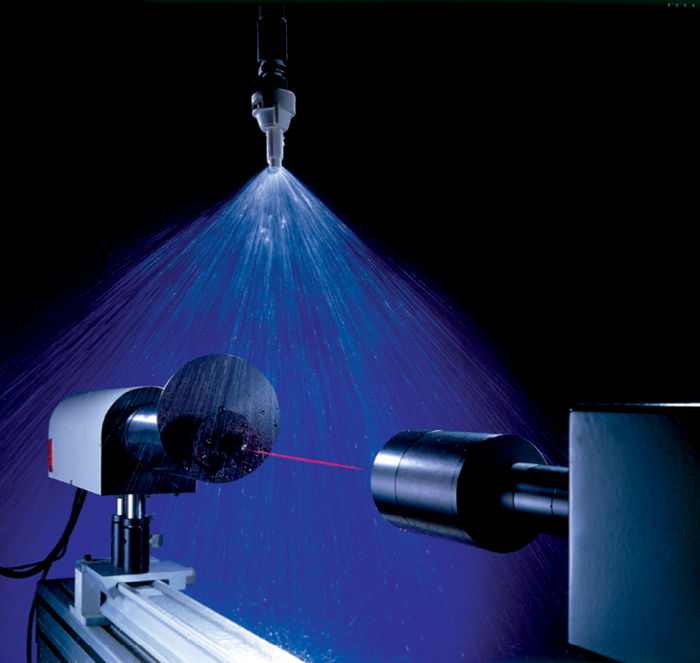No-Till Farmer
Get full access NOW to the most comprehensive, powerful and easy-to-use online resource for no-tillage practices. Just one good idea will pay for your subscription hundreds of times over.

No-tillers interested in using Dow AgroSciences’ new 2,4-D, glyphosate herbicide, Enlist Duo, may have noticed something new on the label — very specific instructions on how to apply the product, along with a list of nozzles and their respective maximum operating pressures.
This follows after the EPA announced last October the launch of its drift reduction technologies (DRT) program, a voluntary program to “document the effectiveness of agricultural pesticide spray application technologies on reducing pesticide spray drift,” the EPA says.
“Drift reduction is a very timely topic right now,” says Tim Stuenkel, global marketing communications manager for TeeJet Technologies. “With the new-generation cropping systems coming out, it’s a big deal because suddenly you’re going to have all sorts of resistant and non-resistant crops side by side.
“So if you have drift issues, that could be rather detrimental to yourself or your neighbors.”
Even no-tillers who don’t plan on using Enlist Duo may face similar restrictions in their future pesticide applications. The new dicamba products from Monsanto and BASF that are expected to hit the market in the future will likely have label instructions similar to Enlist Duo, and the EPA says its decision to require specific nozzles for a product’s application will be made on a case-by-case basis.
And with weed resistance continuing to be a major concern, focusing on reducing drift and achieving better crop coverage with herbicide applications could, in the end, improve no-tillers’ bottom lines.
The days of just putting a product in the…